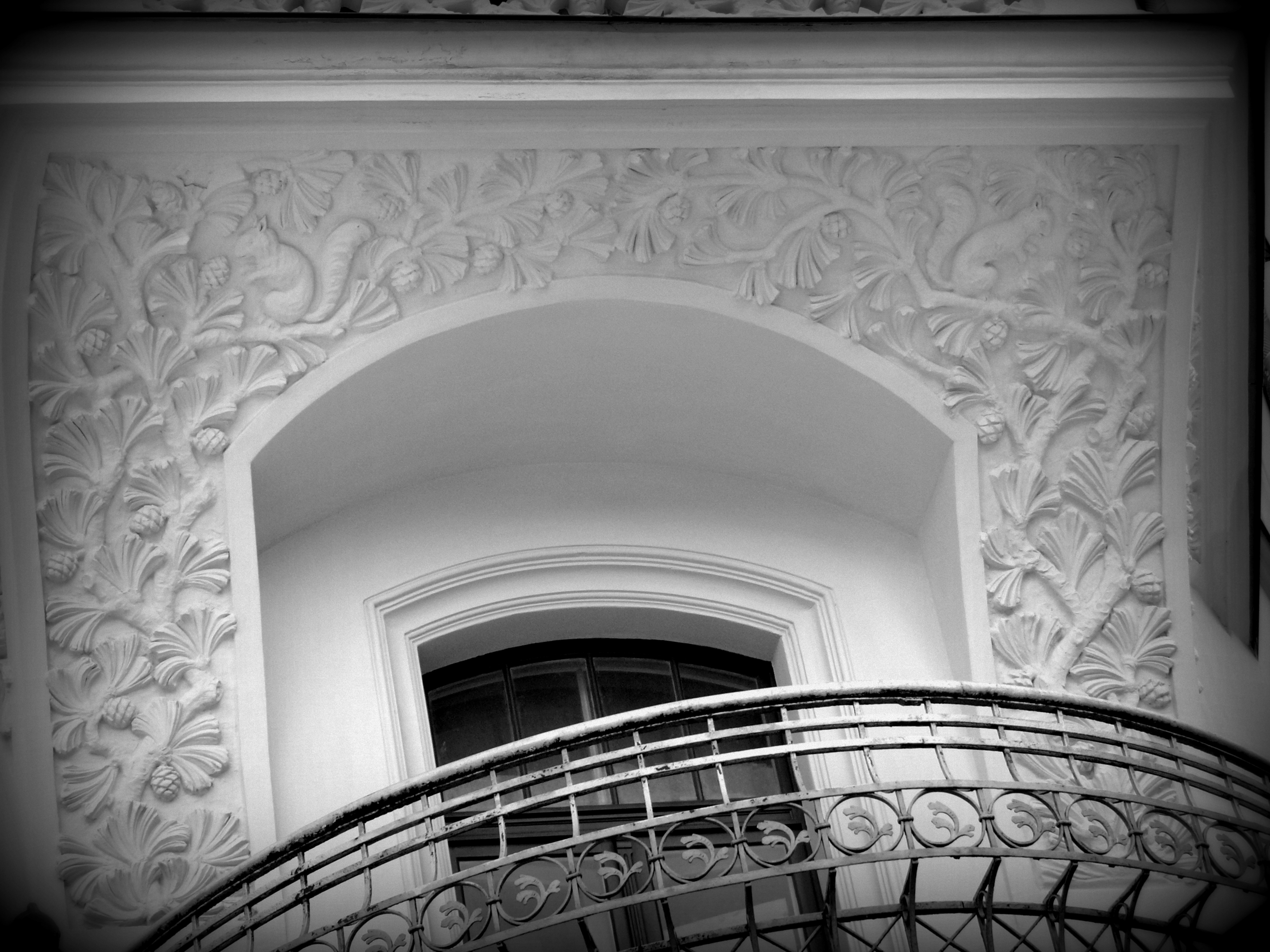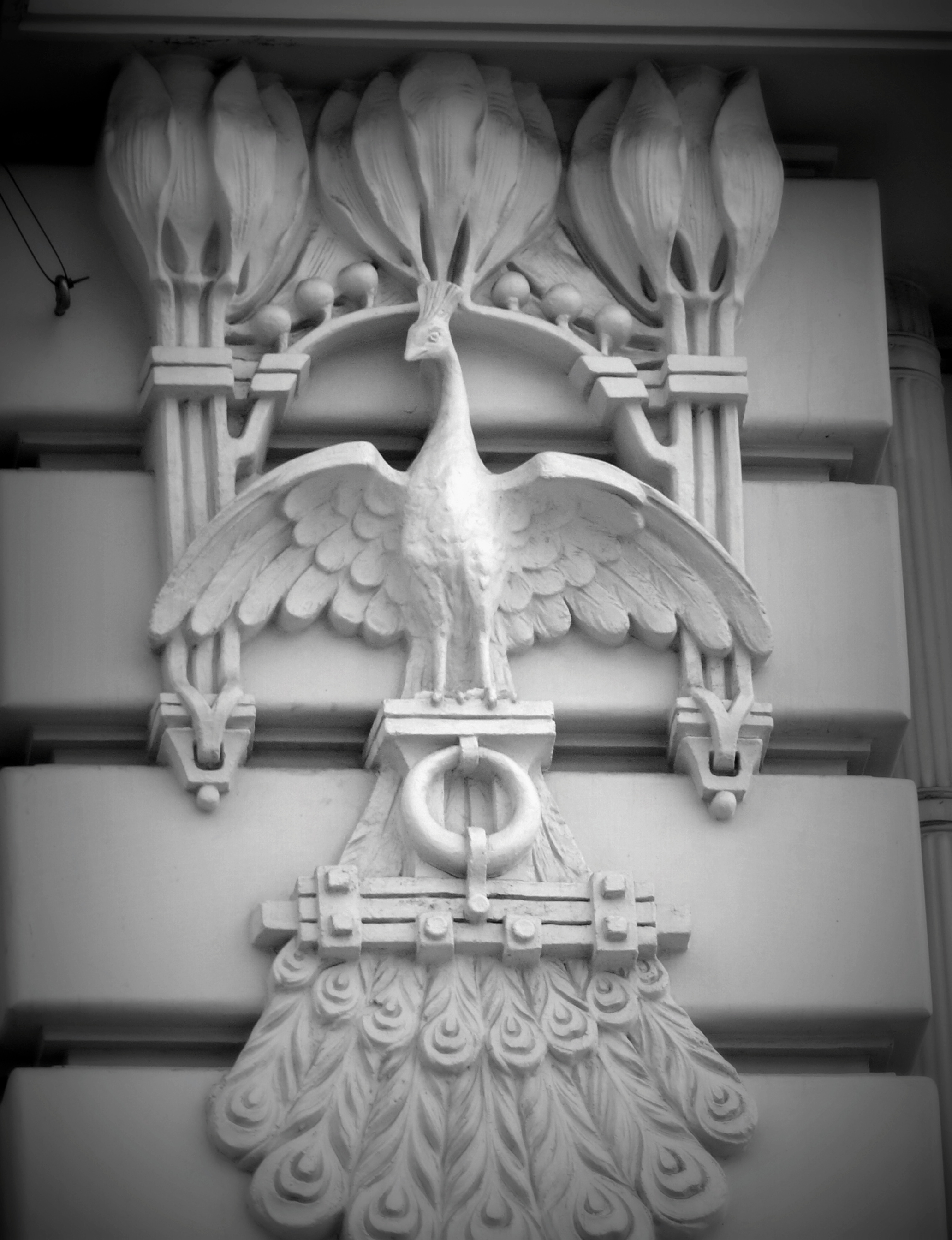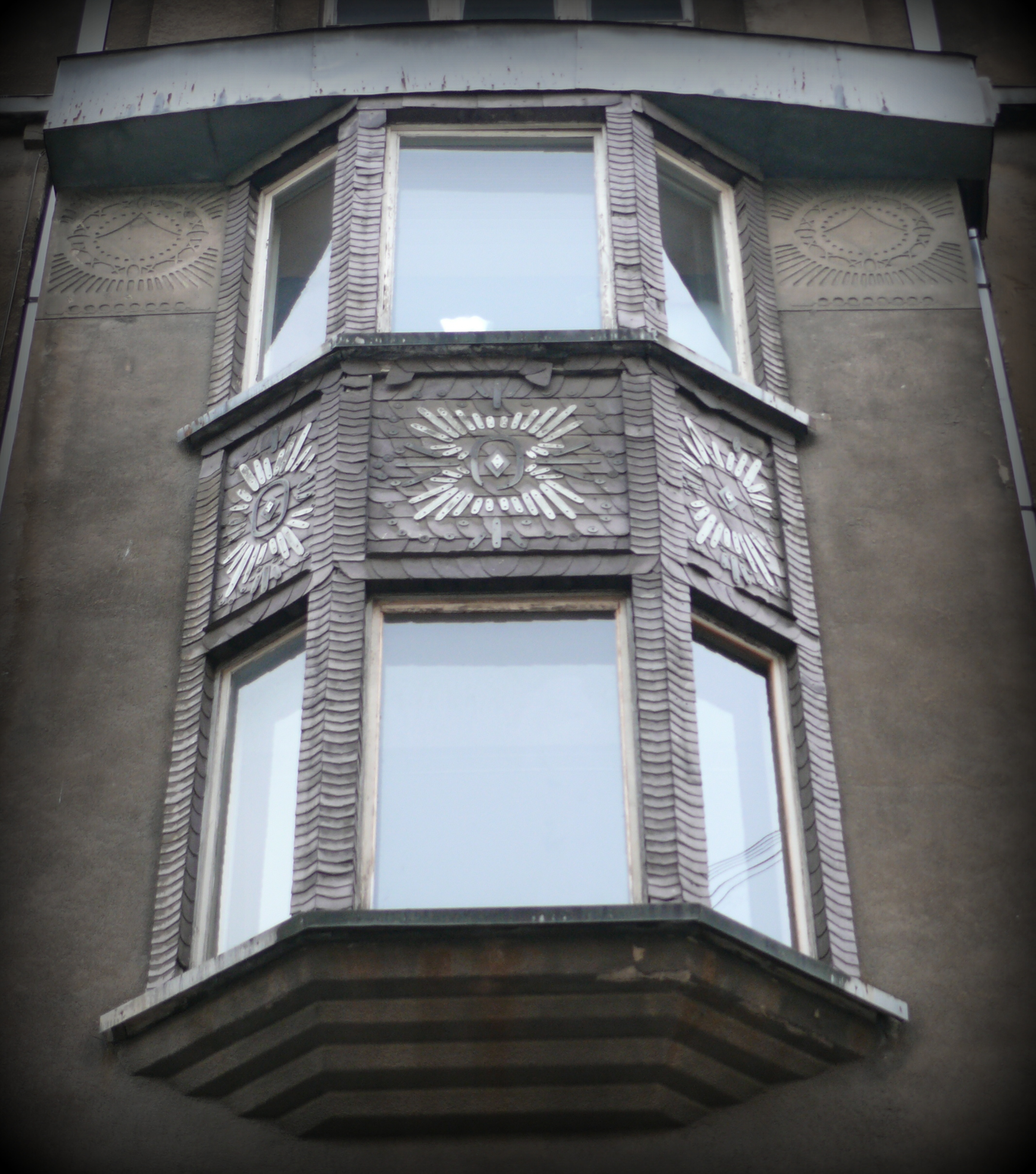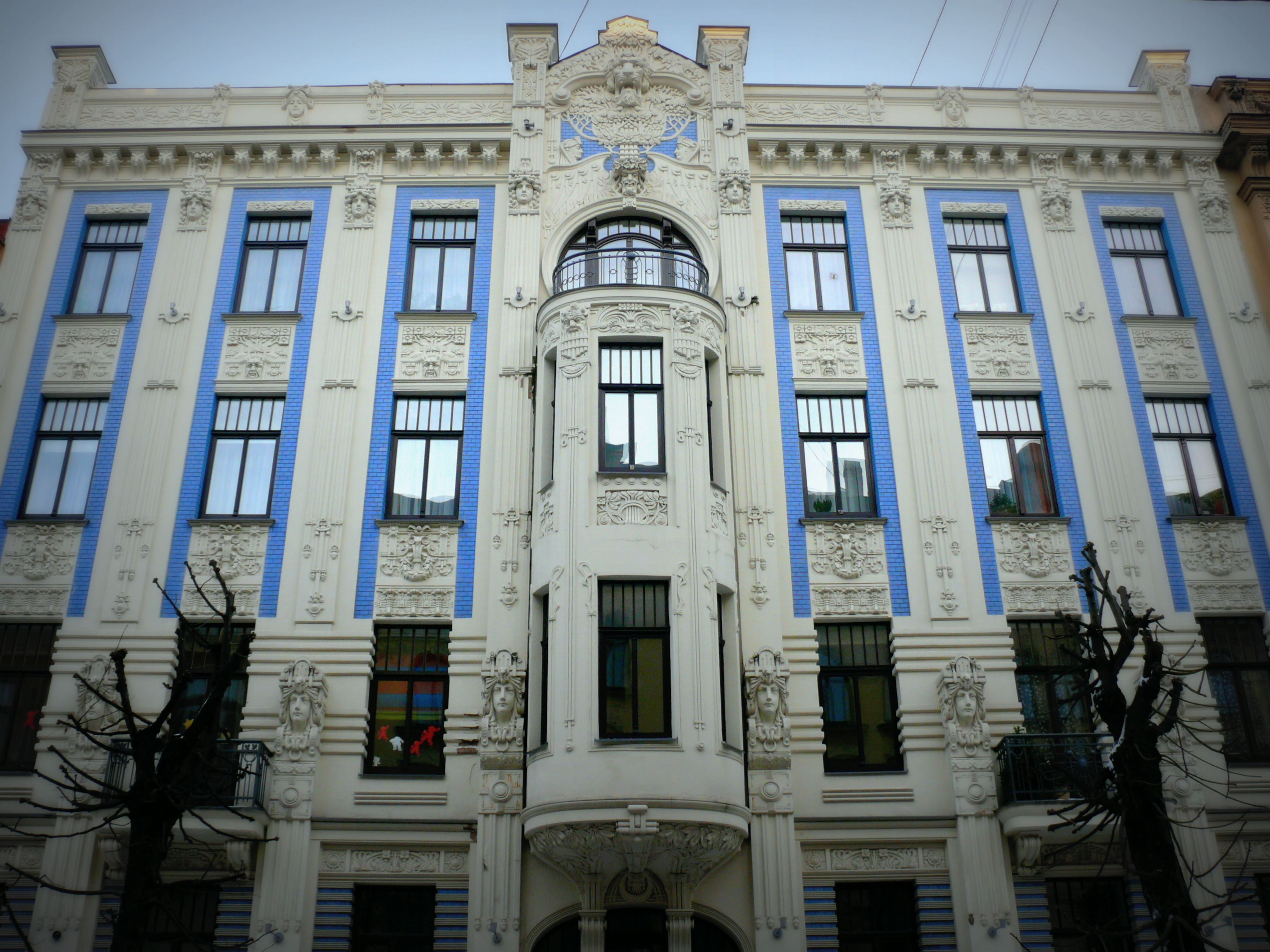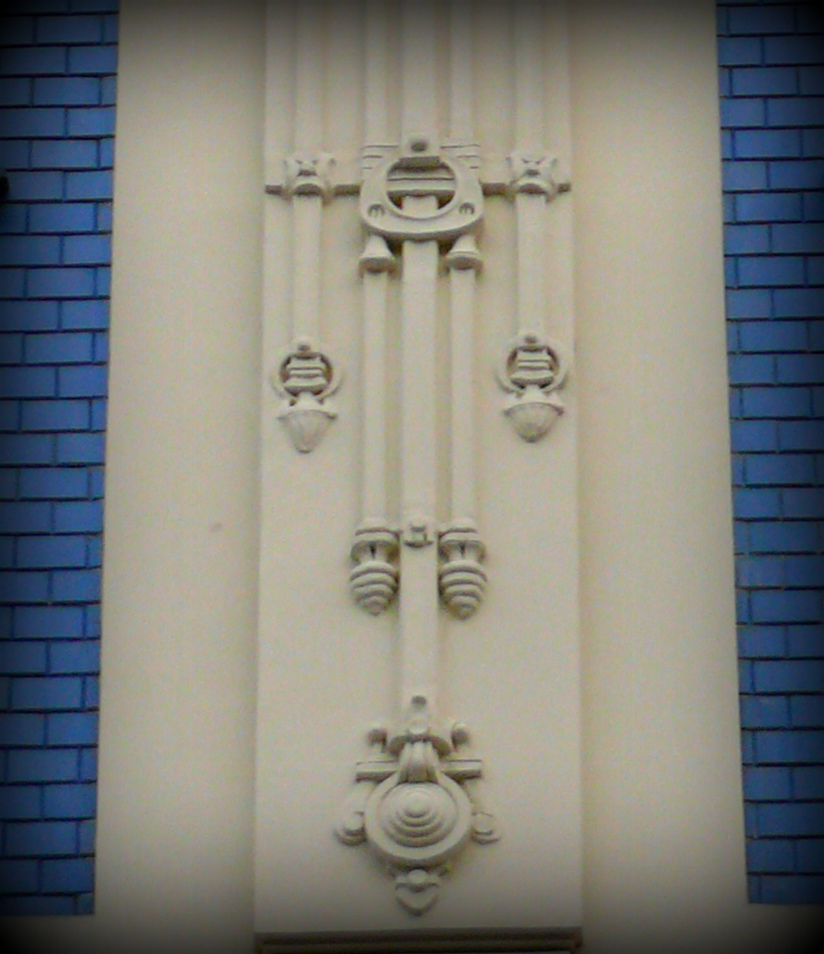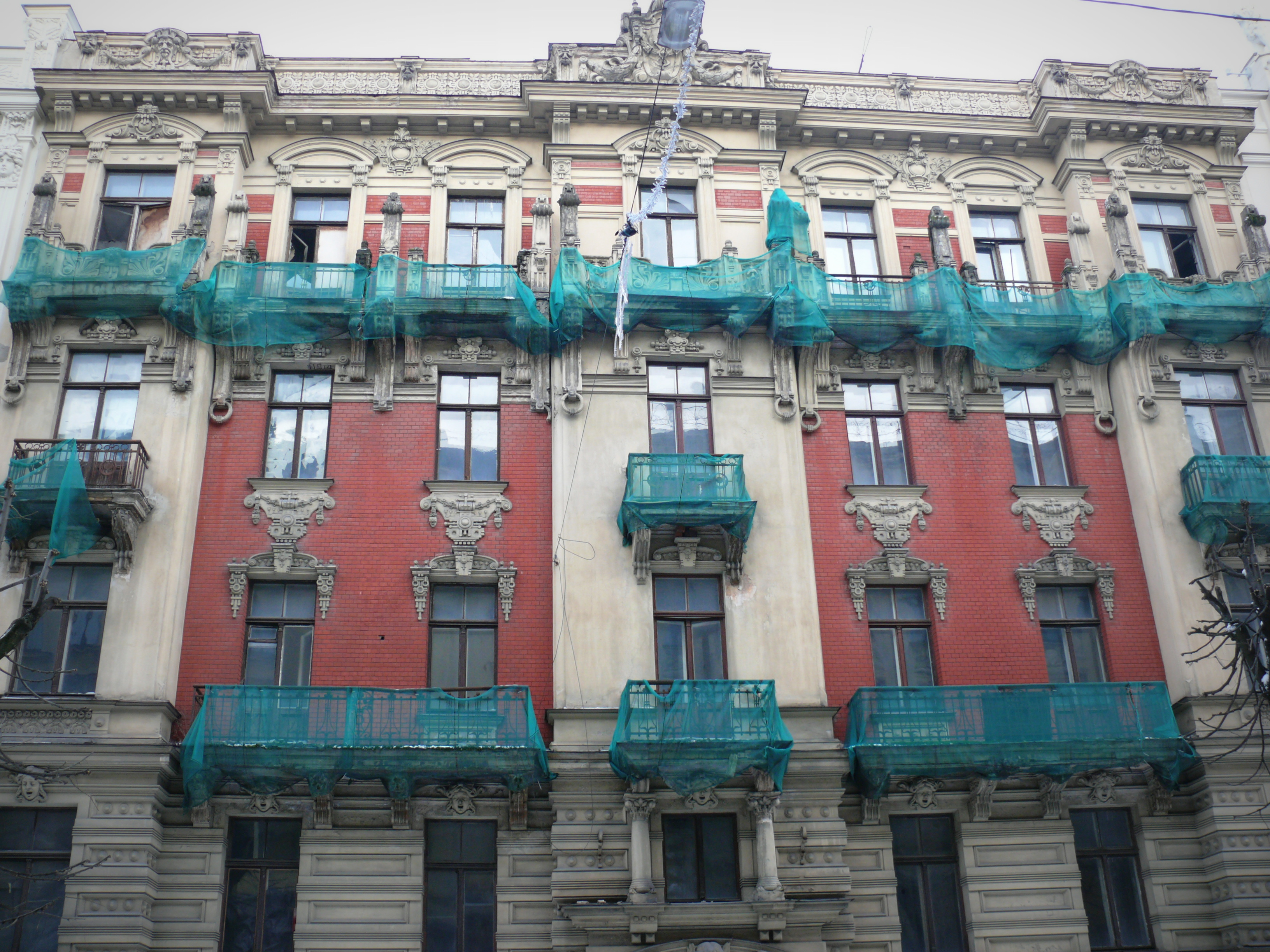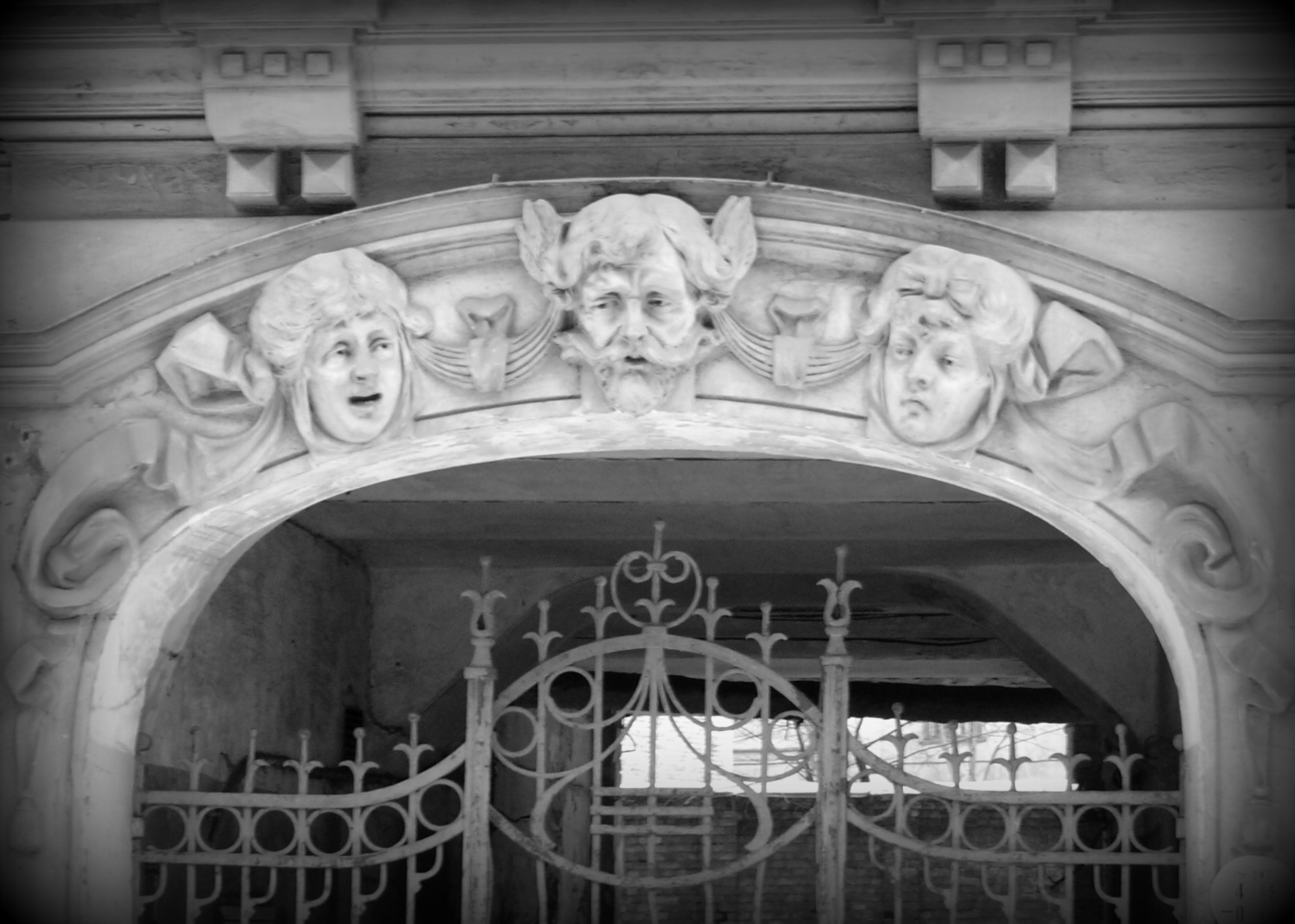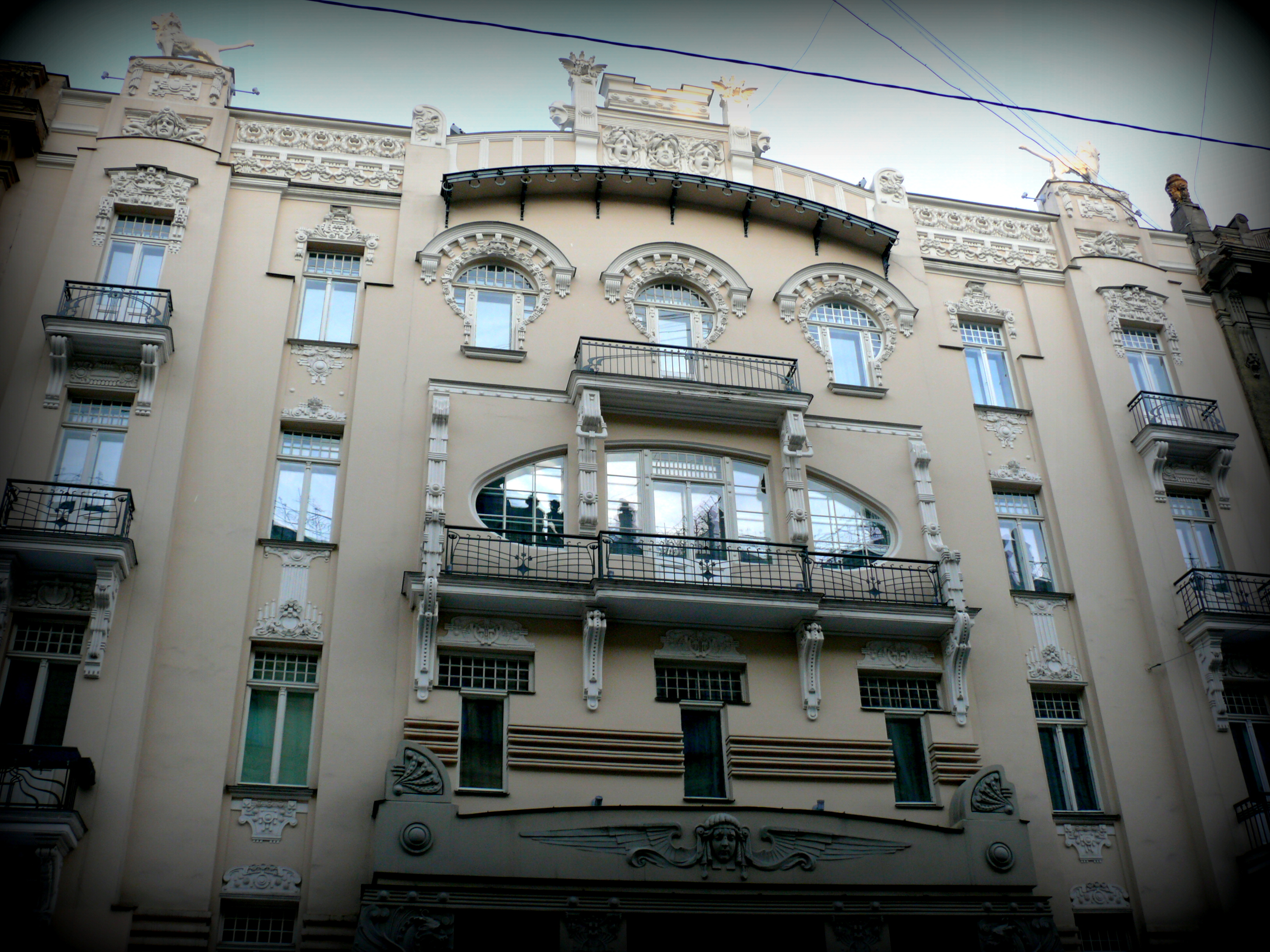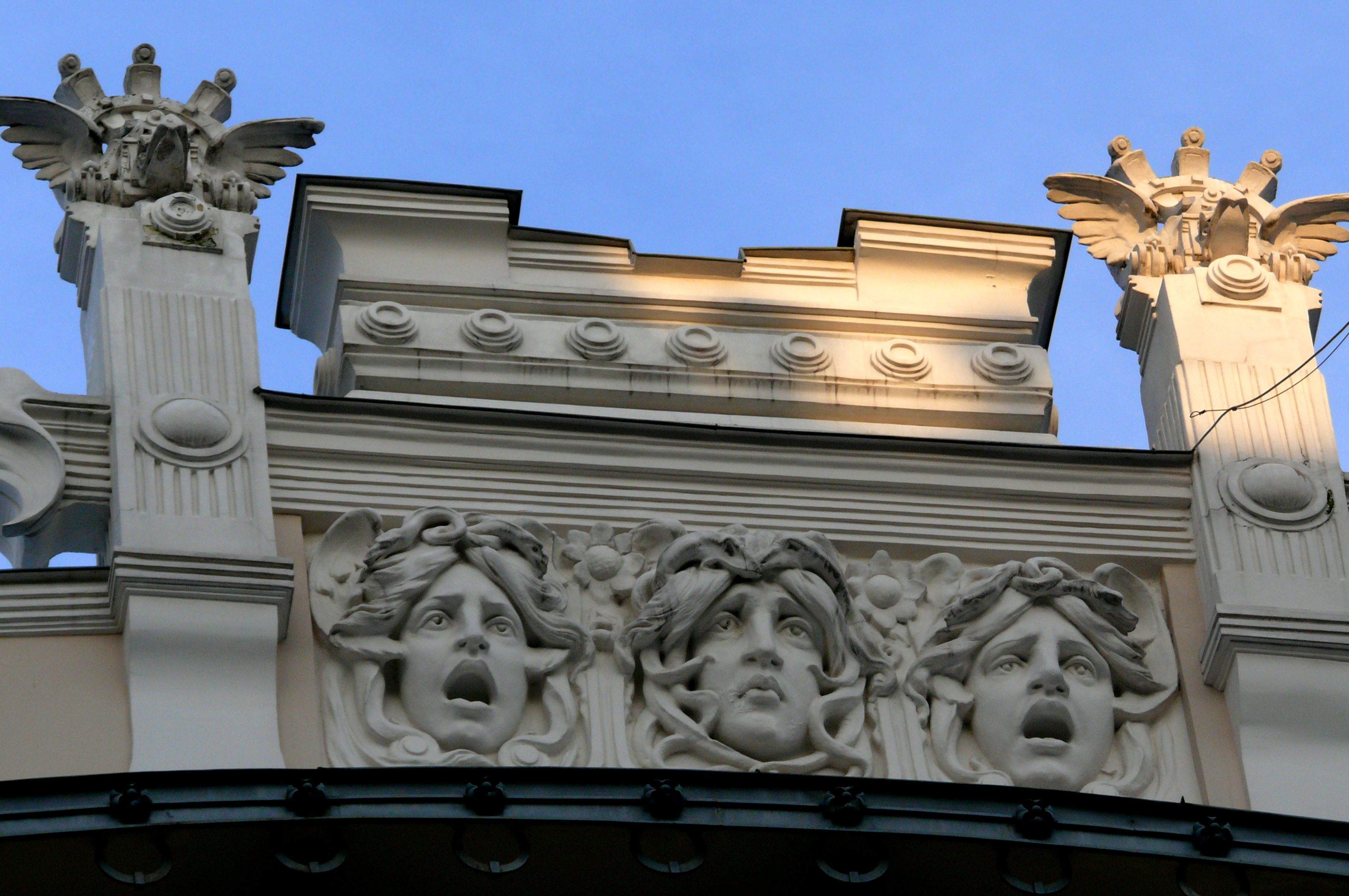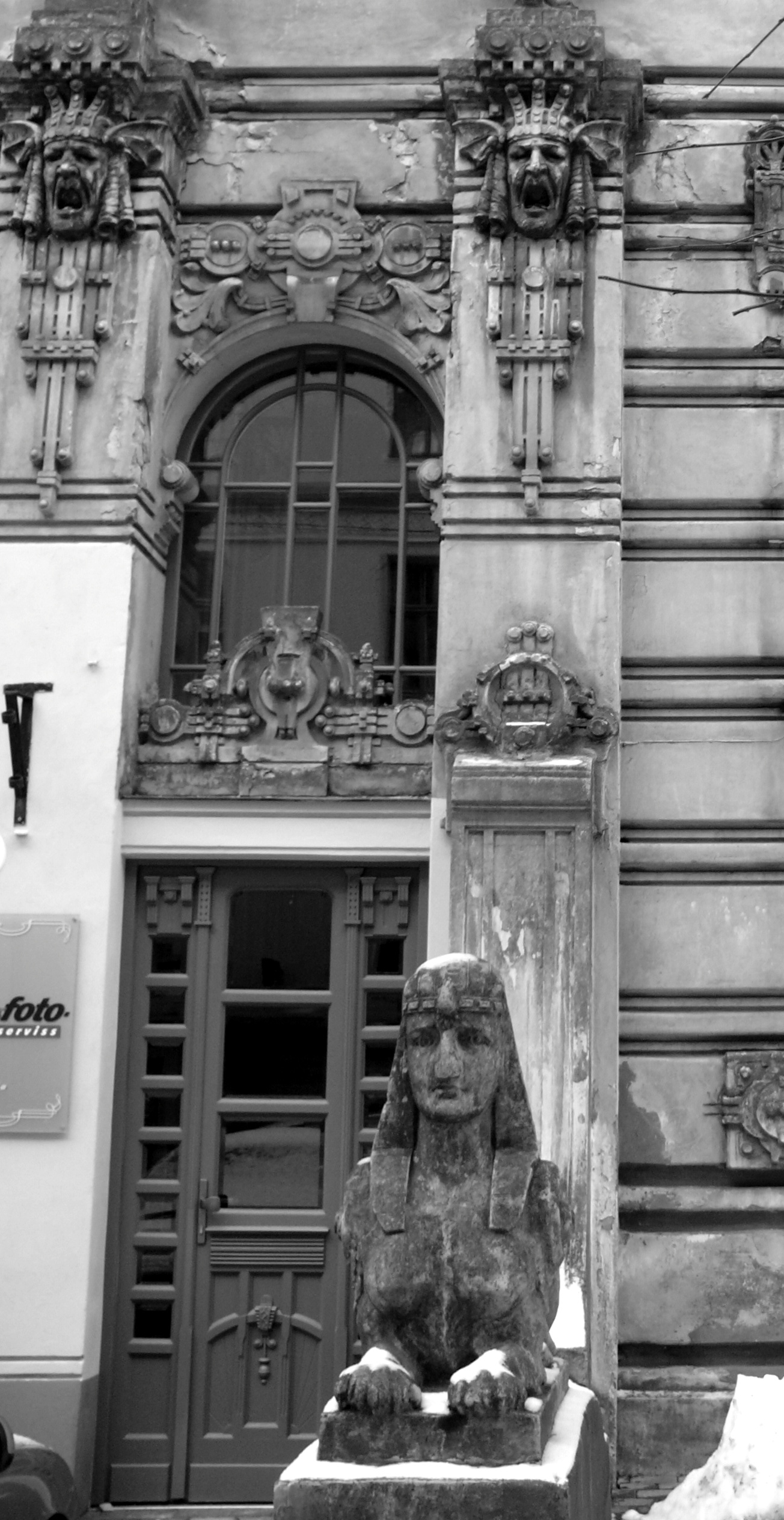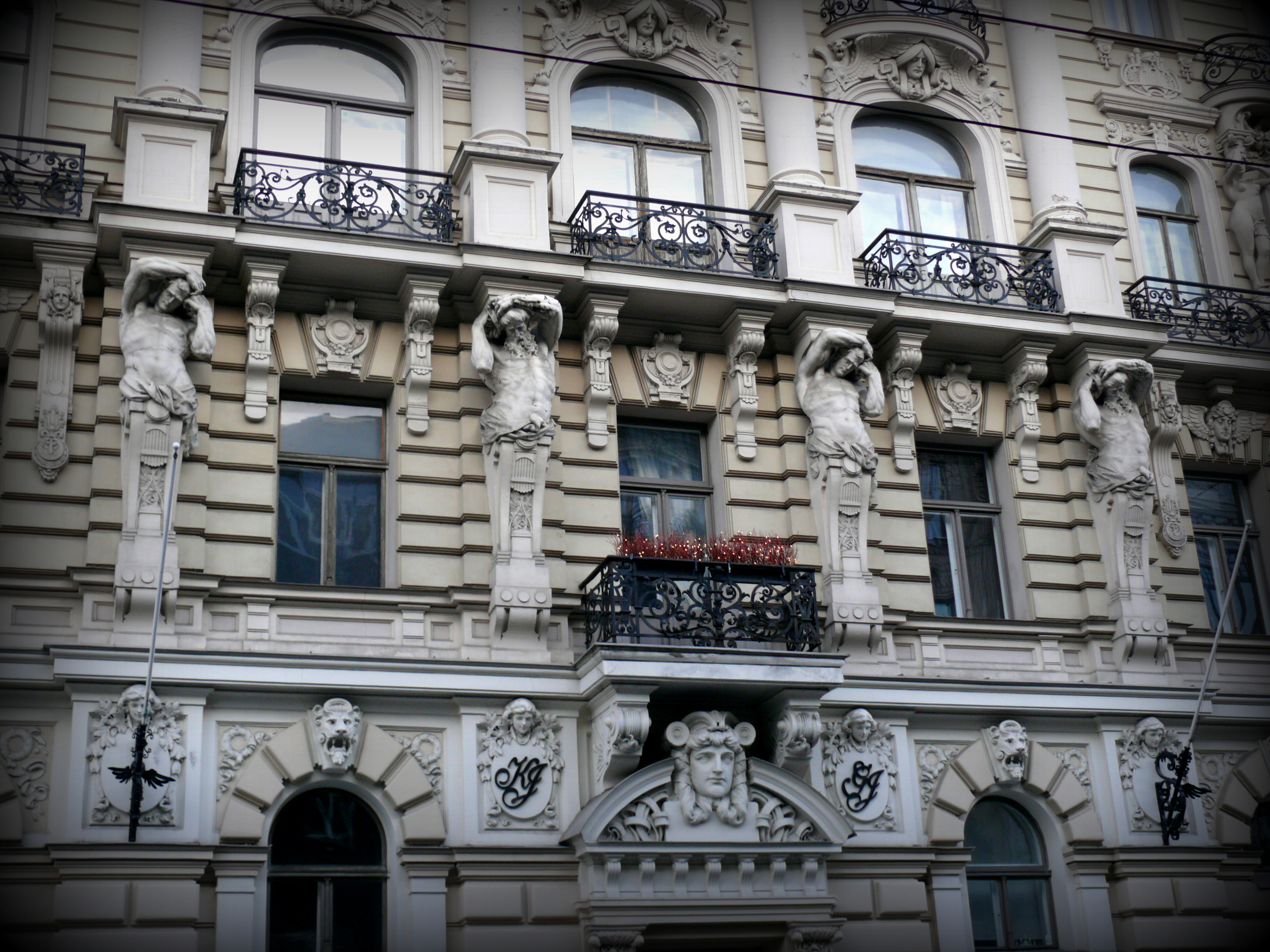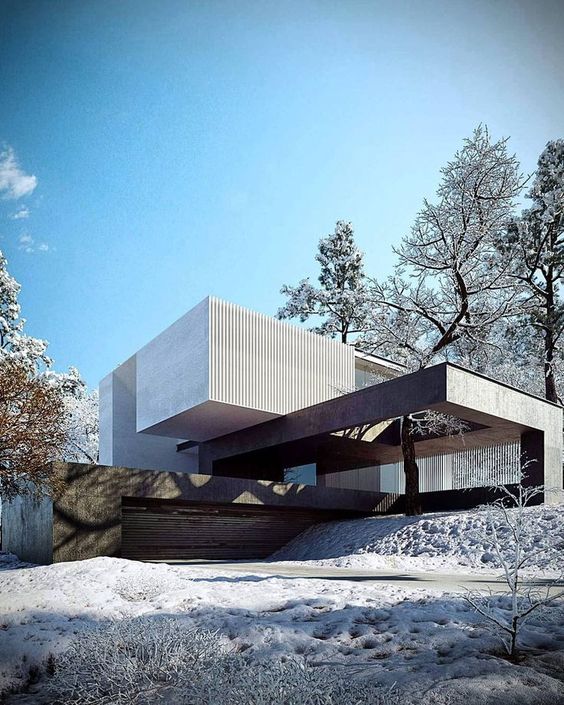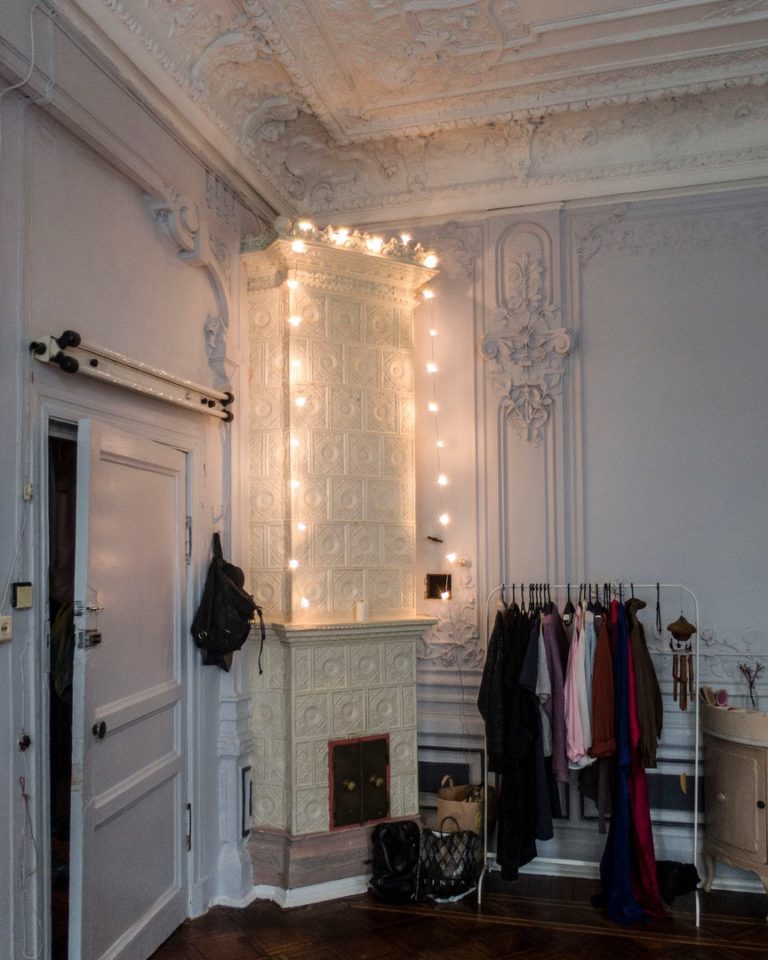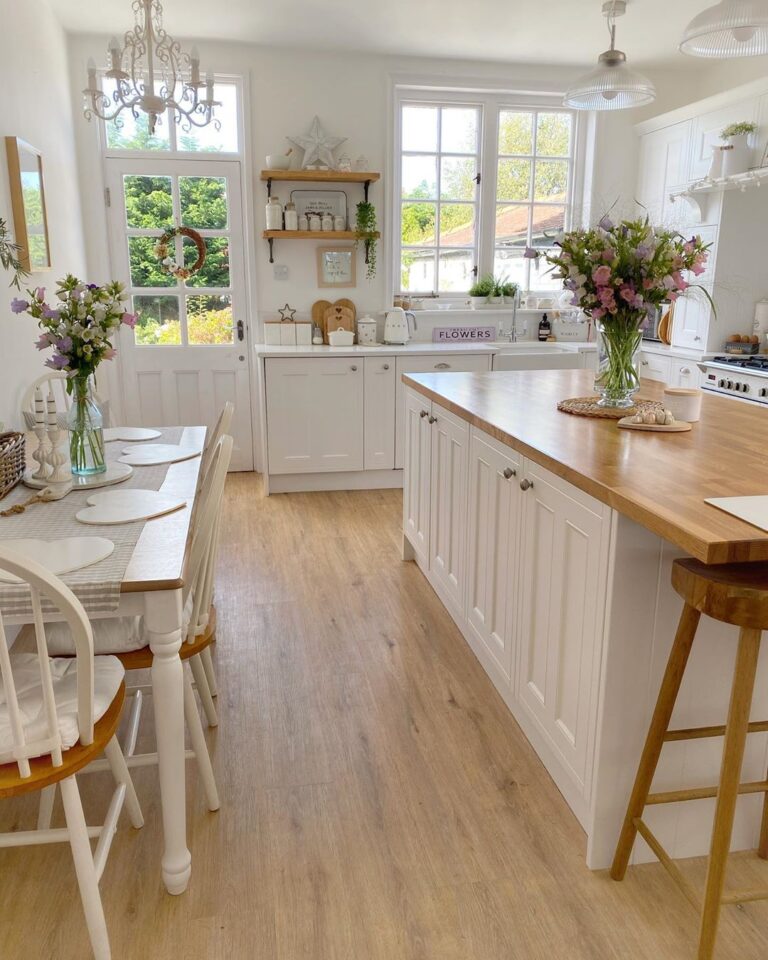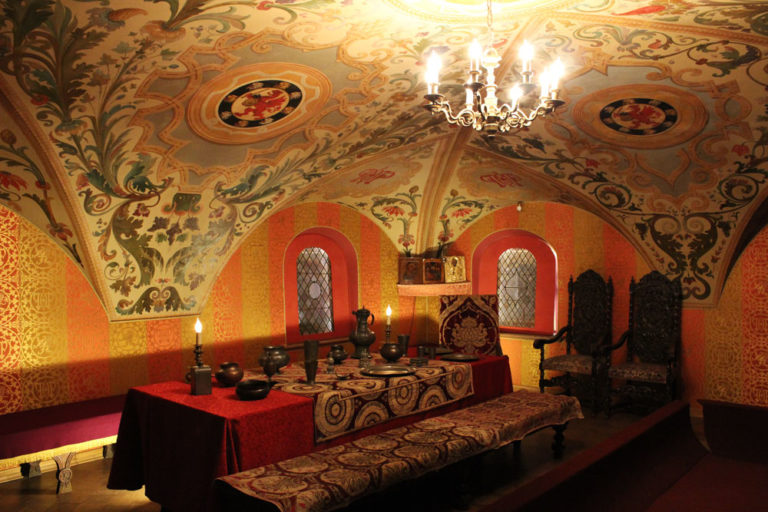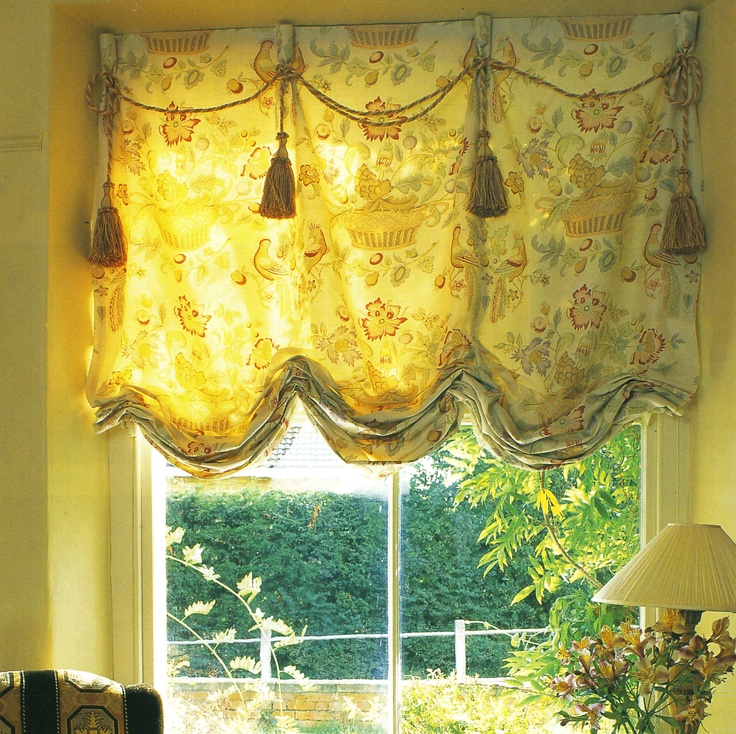Art Nouveau in Riga: a comprehensive guide through Jugendstil architecture
If you want to explore Art Nouveau architecture (also known as Modernisme in Spain, Liberty in Italy, Modern in Russia and Jugendstil in Germany), one of the best places to go will be Riga, Latvia. It has more than 800 houses constructed in this style (for comparison, St. Petersburg in Russia has 1000 buildings). Specifically because of Art Nouveau architecture, historical center of Riga was proclaimed as UNESCO World Heritage Site. To see the most interesting and beautiful buildings I recommend you to take the following route (start from Alberta street, then go to Elizabetes street and finish with Smilšu street in Old Riga):[googlemaps https://maps.google.com/maps?f=d&source=s_d&saddr=Alberta+iela&daddr=Elizabetes+iela,+Riga,+R%C4%ABgas+pils%C4%93ta,+Latvia+to:56.9518099,24.1139+to:56.9492704,24.1097732+to:56.9502007,24.1104216+to:Smil%C5%A1u+iela,+Riga,+R%C4%ABgas+pils%C4%93ta,+Latvia&geocode=FQwiZQMdfNtvAQ%3BFVITZQMdAPhvASmJBslI0M_uRjGmVPbNVeEqLw%3BFQEEZQMd7PJvASnRRgGc0c_uRjFEnhQRVlqNYQ%3BFRb6ZAMdzeJvASlHPLLM1s_uRjGtM7nFyhS31g%3BFbj9ZAMdVeVvASl3FHsl0c_uRjFqHl9umd_y7Q%3BFS4AZQMdWNxvASlPSK3I0M_uRjG1DNbBquGGlQ&aq=0&oq=Smi&sll=56.951025,24.11484&sspn=0.005769,0.021136&hl=en&dirflg=w&mra=dpe&mrsp=4&sz=16&via=2,3,4&ie=UTF8&t=m&ll=56.954383,24.10336&spn=0.011233,0.027466&z=15&output=embed&w=640&h=480]
Meanwhile I invite you to take this virtual tour with me and learn more about distinctive features of Art Nouveau architecture. When you are ready, raise up your heads and look at these amazing buildings.
1) Alberta Street is probably the most famous in Riga as here you will find 15 outstandingly beautiful Jugendstil buildings. You can spend hours looking at the facades, discovering symbols and thinking about their hidden meaning. I must say that symbolism is one of the key elements of Jugendstil. However you need to be careful with its interpretation (for example, squirrel which decorates the facade of this building is a symbol of diligence in Latvian culture, while in other countries of Europe it might be associated with Satan). Therefore to correctly understand and interpret the symbols of Art Nouveau you need to explore the culture of the each country as this style everywhere reflects national characteristics.
2) One of the most distinctive features of Art Nouveau architecture is the use of contrasts in decor. Often symbols with absolutely contrary meaning are placed next each other. Look at this peacock, for example. In Christianity it is the symbol of immortality, eternity and life. And right next to it we see the poppy flowers which in many cultures stand for sleep, peace and death.
3) Very often people think that screaming masks (images of horrified human faces) are the particular feature of Art Nouveau. True, but masks are present in another architectural styles as well, e.g. Baroque, Rococo,Gothic, Eclectic, etc. The difference is that in Art Nouveau they are used together with some images of contrasting mood. Here we see a mask of crying human face and on the top of it careless and idyllic picture of God Apollo in his divine garden.
4) National romanticism is another branch of Art Nouveau architecture in Riga. Look at this building, constructed by the architect Eižens Laube. National Romantic Jugendstil appeared in Latvia following the trend which came from Finland. It is also sometimes called “Northern ” or “Vertical” Jugendstil (there are a lot of buildings constructed in this style in St Petersburg as well).
In Riga you will find plenty of National Romantic buildings, especially on Brīvības street. The main characteristic of them is the absence of any decorative details and the use of local materials (such as stone here). At the same time architects liked to use modern shapes and structures (look at those bay windows – they were very fashionable in England at that time). Between the windows we can see the picture of sun (a very important symbol for all northern nations) and fir-tree (one of the most common trees in Latvia).
5) Another building designed by Mikhail Eisenstein. It is referred to the initial stage of Jugendstil. One of the motifs used to decorate the facade is three parallel lines with the middle one dropping lower than the others – it is the symbol of Tree of Life. And it is one of the most popular elements of Art Nouveau.
6) This red building, designed by the same architect is under the renovation now. What is typical for Jugendstil here? Well, first of all the material itself – red bricks (as well as blue bricks) were very popular at that time in Austria. Eisenstein admired Austrian architect Otto Bagner and borrowed many designs invented by him. On the top of the entrance we see three images of human faces. Most probably architect pictured his own family. Buildings constructed by Eisenstein despite their beauty were often criticized by contemporaries from the practical perspective. This building has a very small courtyard and in case of fire, emergency car will not be able to enter inside. Eisenstein didn’t pay much attention to what was behind or inside the building. For him the most important part was the decoration of the facade. This is explained much by his own character – he liked to show off, being considered as “dandy” (just an example – he had more than 40 pairs of the red shoes in his wardrobe).
7) This one is a very interesting building with many typical Art Nouveau features. First of all this buildings has several shapes of windows – round, T-shape, rectangular. Some people consider round windows typical for Art Nouveau. This is true, but to be more precise Art Nouveau is characterized by the use of different shaped windows in one building. Another invention – window bars which cover only top part of a window. In the central part of the facade we can see a large oval window. This shape, sometimes also called as “kidney” is another element often used in Jugendstil. Again we can observe the game of contrasts – on the top of this building there are two lions and below them two masks of Medusa-Gorgon. Lion symbolizes bravery and generosity while Medusa stand for villainy. There can be another interpretation which is connected to changes happening in the society: emancipation of women and emergence of feminism movement. Many women adopted medusa’s visage as a symbol of female rage.
8) Look at this building located on Elizabetes street. We can see Egyptian sphinx near to images of furious human faces. To understand why these elements appeared in Art Nouveau we need to to plunge into the atmosphere of the 19th -20th century. It was the time of growing interest for exotic countries- Egypt, China, Japan. At the same time Sigmund Freud published his some his most famous works. People went in for psychoanalysis and study of neurosis. It was reflected in architecture as well: we can see so many “disturbed” faces on the facade decorations.
9) Several sculptures of Atlas decorate this building. The difference with earlier styles is that those sculptures which were used to support different structures before (e.g. balconies), in Art Nouveau became solely decorative elements. It is noticeable умут from their posture: they are kind of “attached” to the facade at the last moment.
10) It is perhaps one of the most recognizable Art Nouveau buildings in Riga which is located on Elizabetes street. It was designed by Eisenstein and then finished by Konstantīns Pēkšens. On the top of the building we see huge human faces. Actually it wasn’t invention of Eisentein as he borrowed this idea from one of the buildings in Leipzig.
This is a short overview of the finest architecture in Riga. If you are a fan of Art Nouveau style (like me) I recommend you to visit this city – you will really enjoy it.
Want to learn more about various interior styles? Check my “HISTORY OF STYLES” book:
[ebook_store ebook_id=”15760″]

